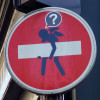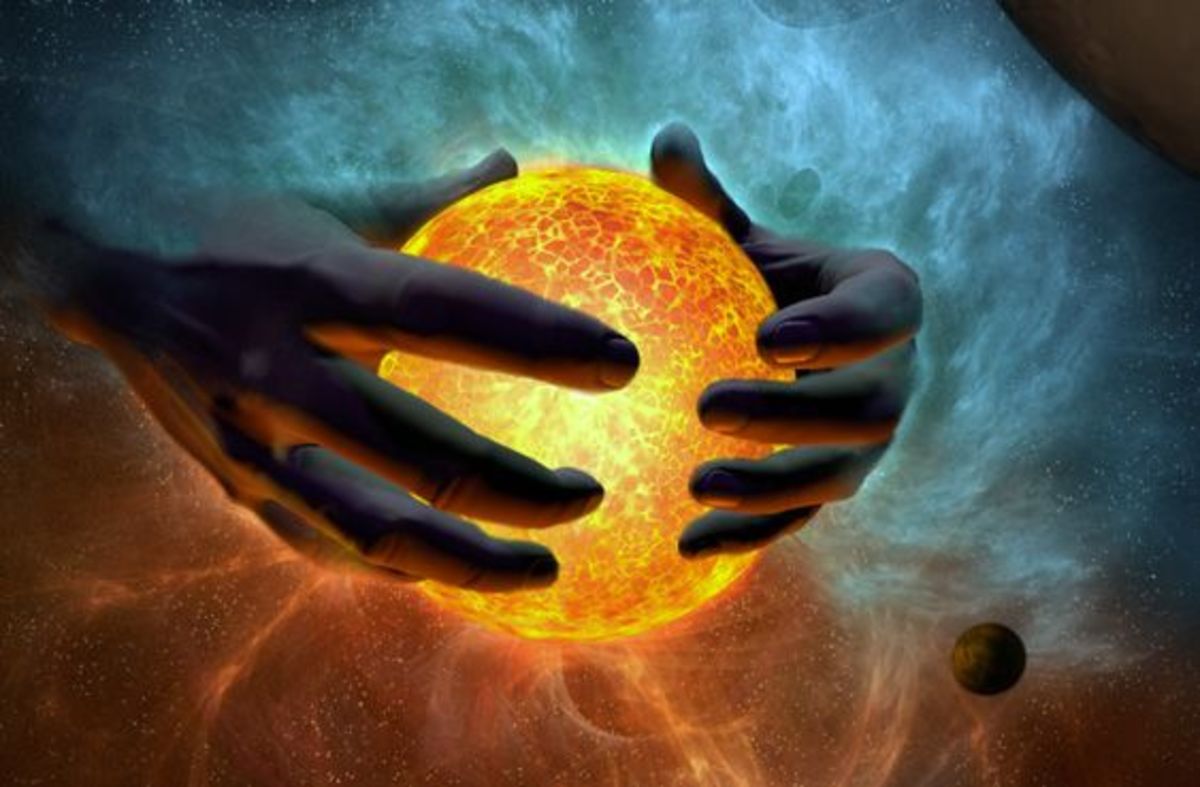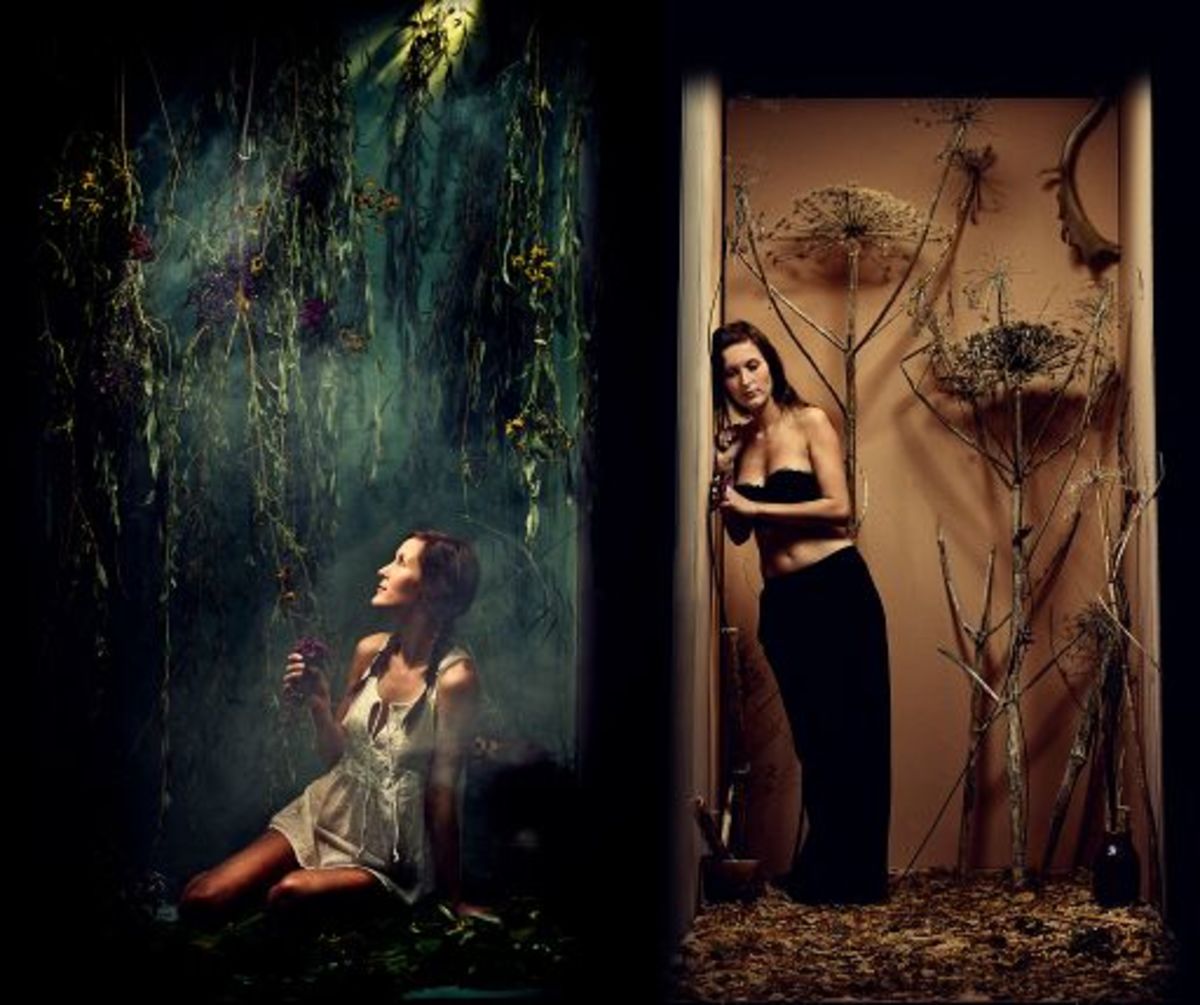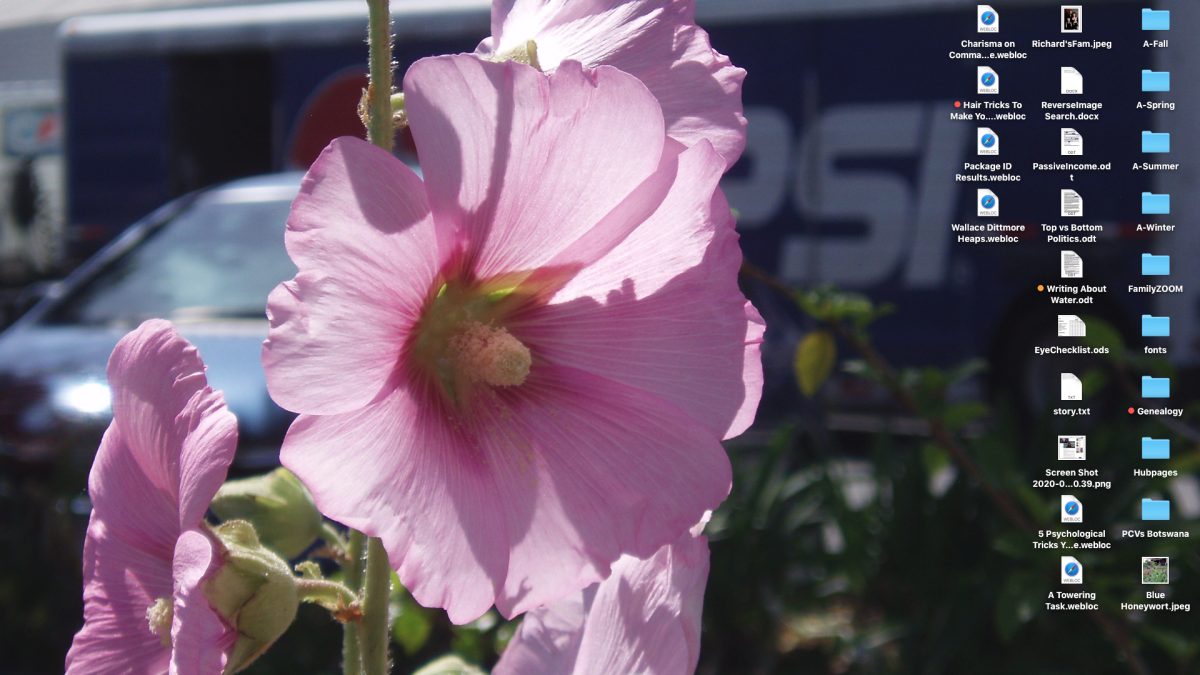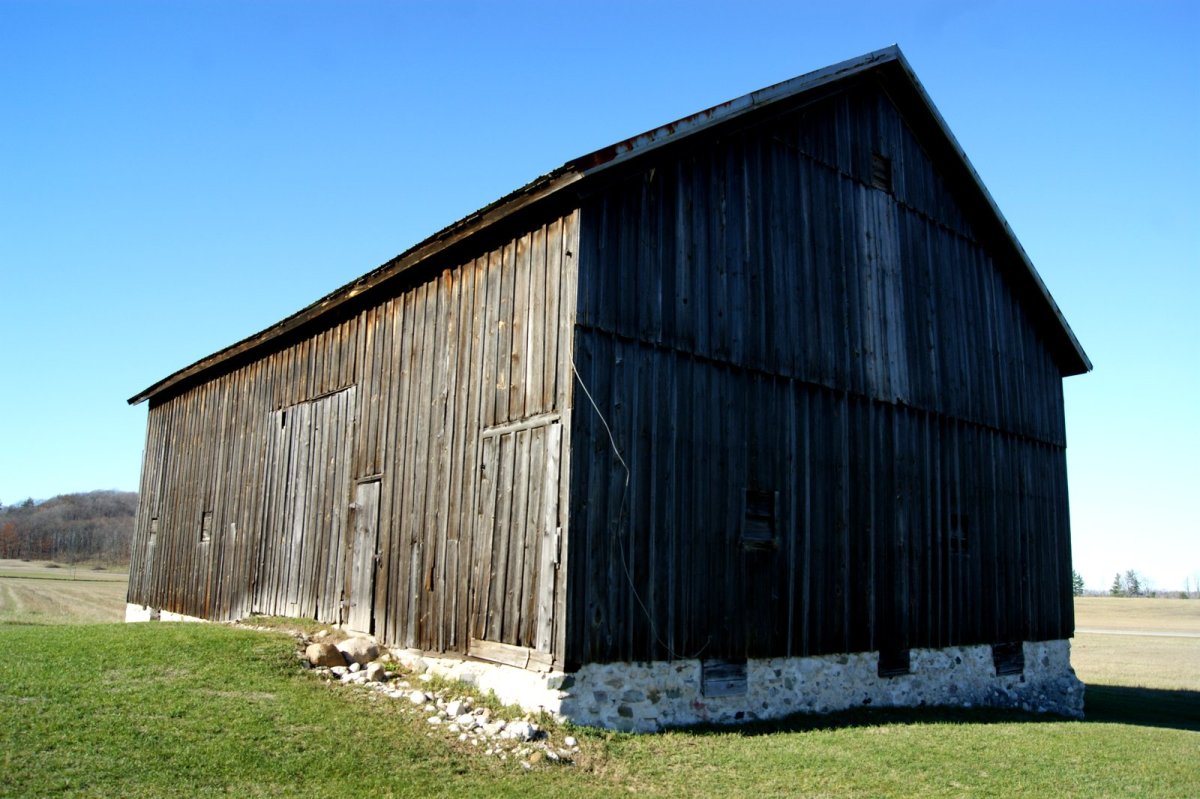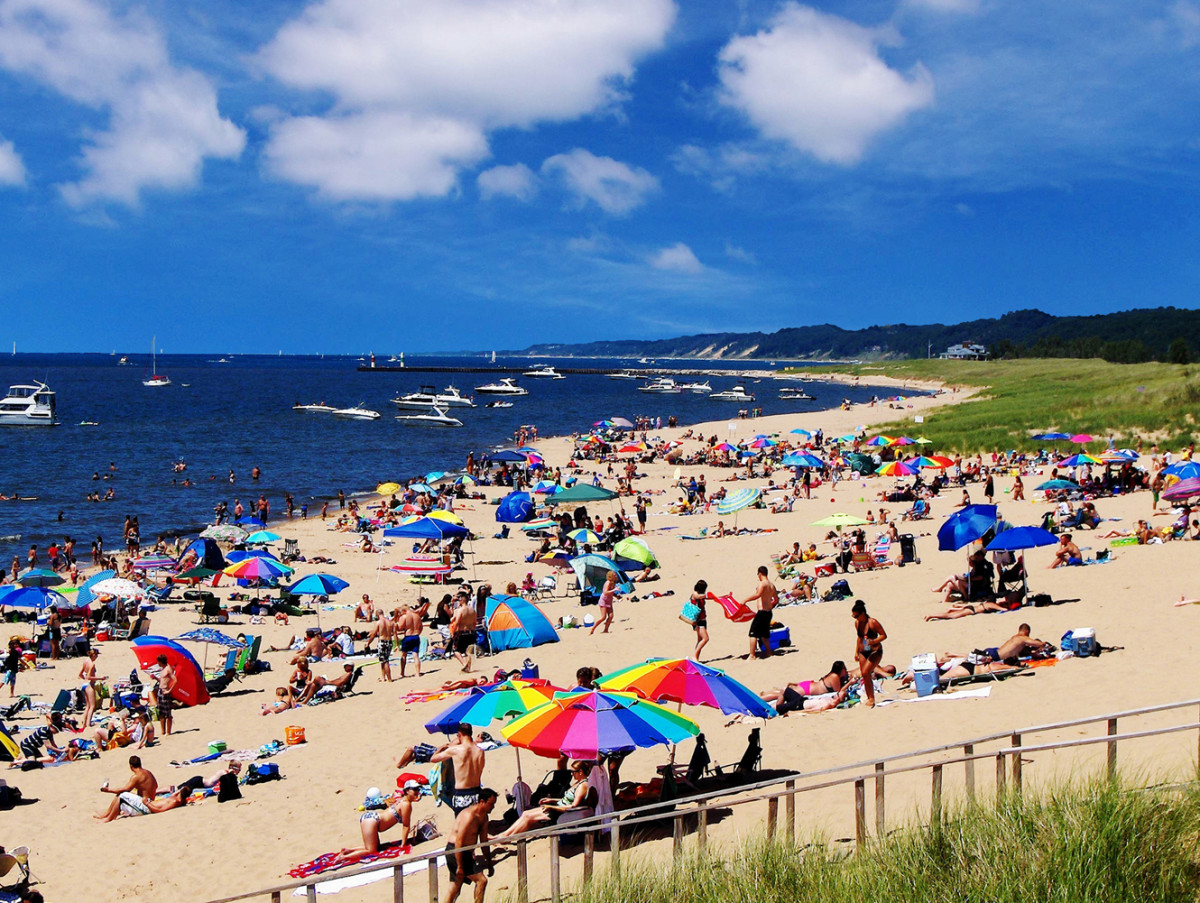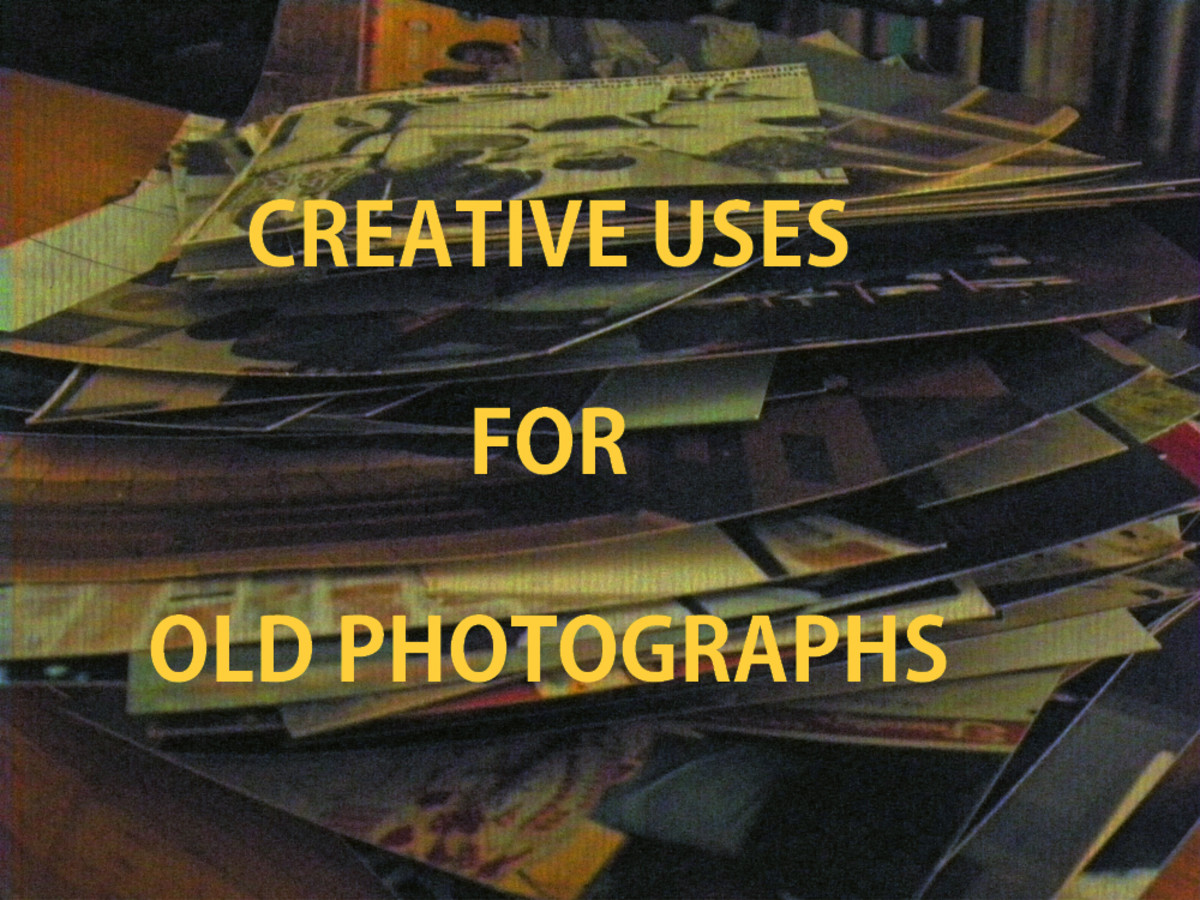Impossible Landscapes: Barbara Kasten at the ICA by Nadine Beauharnois
Barbara Kasten: Construct PC/XI, 1982, Polacolor print
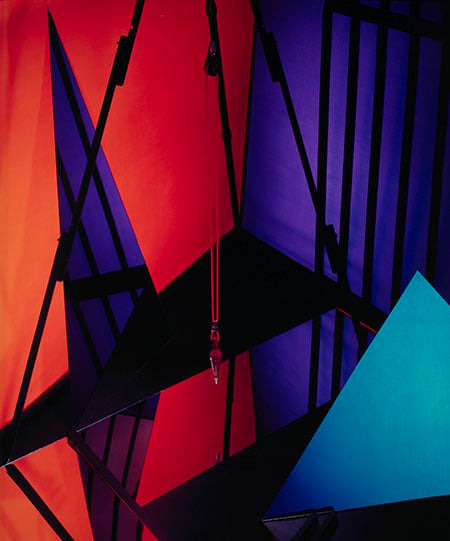
Barbara Kasten, Architectural Site No. 8, 1986
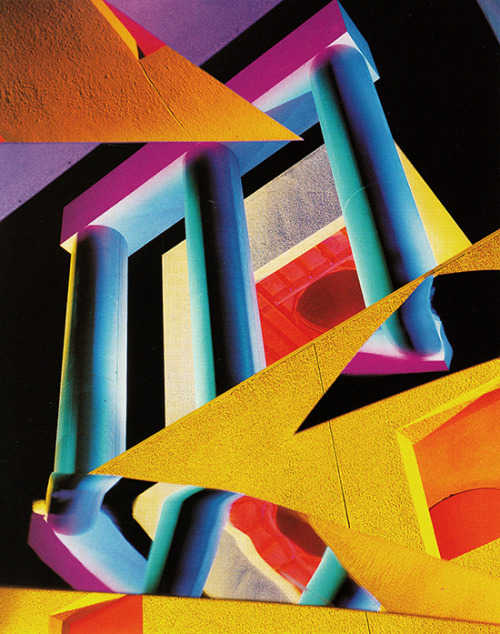
At first encounter with Barbara Kasten’s work, I generally know I am looking at photographs, but the certainties end there. In particular, with her often richly colored, expertly composed “Constructs” from the 1970s and 80s, Kasten provides just enough information to ground me in the world in some way: the edge of a mirror, or a tear in the backdrop paper. When I think I’ve begun to unravel the puzzle and am about to identify the possible corner of her studio where wall and floor meet, or when I discover a tangible object like a piece of wood or a metal hook, this recognition is just as quickly dissolved by a strategically placed rod or mirror that again obfuscates any logical read of the environment. Visual games such as these are the strongest undercurrent of her retrospective at the Institute of Contemporary Art in Philadelphia, an absorbing and wonderfully arranged show. Organized relatively chronologically, “Barbara Kasten: Stages” begins with the artist’s early experiments with non-silver photography (primarily the cyanotype), as well as large-format Polaroid film used to make her Constructs series.
Included are several pieces from the Photogenic Paintings series from 1974-77. Kasten’s choice of BFK Rives paper for the cyanotype photograms in this body of work results in a rich, velvety surface that connects the work as closely to painting as photography. For example, Photogenic Painting Untitled 76/7 from 1976, suggests a vague scene obscured by wire mesh, or perhaps low-resolution security footage or infrared video. In Kasten’s hands, a process as simple as making a photogram is turned into an enjoyably complex game of visual hide-and-seek. Her use of crumpled fiberglass screen creates shallow, textured spaces, and I found myself trying to look beyond the screen to see what it was that Kasten wanted to “represent”: flowing fabric of a dress, perhaps. Of course Kasten’s intentions weren’t to represent any object in the traditional sense, but the tension she created by treating the fiberglass screen as both subject and object remind me of the importance of not just the photographed environment, but also of the tangible objects used to make her images. In a helpful curatorial decision, the Photogenic Paintings are situated in close proximity to Kasten’s fiber works from 1971-72. The fiber works, Seated Form(s), are suggestive of bodily orifices in their convex and deeply concave surfaces. The bodily element is augmented by 3 nearby diazotypes on newsprint, depicting a female nude seated on and otherwise posing/interacting with one of the chairs. While the show is more or less chronologically arranged, the inclusion of a large pigment print from 2012 (Scene III) with a group of works otherwise from the 1970s, is demonstrative of Kasten’s sustained interest in the potential of that fiberglass mesh screen. In Scene III the screen is suspended, shown almost in full as a large, flat rectangle. The screen is now a subject in an environment instead of a surface.
This play between subject and surface and the importance of props and lighting in Kasten’s work recalls the show’s title and another of its themes: theater. When confronted with a theatrical stage, we know the action is a farce, but we believe it for the duration of the performance. In a recent piece for Art in America, Kasten writes “I considered my “Constructs” to be similar to stage sets, and my photographs of them look like impossible landscapes. Central to this work was my own process of building and manipulating the sculptural objects and repositioning the lights” (AiA 33). The photographs themselves present an impenetrable, staged world of often geometric and angular objects like metal hooks, corrugated metal, rectangular mirrors, plaster pyramids and the shadows that these objects cast upon one another. Indeed, in the best Constructs, light and color play off the carefully composed props in ways that create environments that evoke reality just enough to feel familiar, without conveying actual situations that would be found in the real world. I take issue is the size of the prints, however. Modestly sized prints (17”x 14”, 10”x8”) feel more like keyhole views into these staged worlds. Larger prints, like Diptych II Construct XXX-XXIX (approximately sized 36”x24”) are closer in size to windows, and allowed me to feel as though I could almost enter Kasten’s paradoxical, richly colored and textured environments, and for these reasons, are more compelling.
The allure of Kasten’s photographs lies in their visual paradoxes: objects juxtaposed in such a way that identifying where objects end and space and light begin is constantly in flux. With this in mind, I was at first disappointed by the inclusion of some of the actual wood and plaster props on a low floor pedestal. Kasten’s work is primarily two-dimensional, and to extract some of the props from her wonderful, imaginary, staged worlds seemed to drain the magic from the photographs. On the other hand, Kasten’s process of making her images is more akin to that of a sculptor or installation artist. Thus, the presence of a few of her props has the potential to heighten our awareness of the level of theatricality and trickery in her photographs, particularly in relation to the nearby print Metaphase 3, from 1986. This photograph features some of the pyramid props and mirrors bathed in mottled, multicolored light. In the photographed environment, the props take on personalities far more mysterious than their humble, white-painted presence in the gallery. Looking from the props to the photograph and back again, the transformative capacities of color, light, and photographic techniques such as framing, become all the more apparent. The highly controlled nature of Kasten’s studio environment also becomes even more evident. In her Constructs, every step of the process is carefully considered: building the structure, lighting it, and framing it within the camera.
A refreshing counterpoint to the controlled world of the “Constructs” is the inclusion of several prints from the Architectural Site series. While still highly staged and requiring much advance planning, because the photographs in this series take existing architecture as their subject, a certain relinquishing of control of the minutiae was necessary. Kasten was required to respond to a subject that she herself had not built from scratch. The pieces included at the ICA that are more successful are those in which the architectural elements seem more fully integrated into the image, such as Frank Gehry’s Loyola Law School building in Architectural Site 8, December 21, 1986. Less successful is the recognizable staircase in Architectural Site 7, July 14, 1986 (Cesar Pelli’s World Financial Center in New York). This piece seems like more of an opportunity to play with color, lights, and mirrors, and less of an attempt to utilize architectural elements as formal devices with which to make an image of an abstract world as compelling yet impossible to “enter” as her Constructs. The inclusion of some Architectural Site works also underscores the importance of architecture to Kasten’s practice from the beginning of her career. In the 1960s, she visited Le Corbusier’s Notre Dame du Haut in Ronchamp, France. Kasten recalls “As I walked into the cool quiet of the interior, swatches of color floated in space, changing shape as they landed on surfaces of different textures…I felt as if I were in an intangible space, at once outside of reality and deeply connected to the physical properties of light” (AiA 32-33). This experience and Kasten’s writing about it are nowhere better illuminated than in recent photographs such as Transposition 8, 2014. Her work from the past decade is sparer, less chock-full of objects and their shadows. The air in these environments is palpable, and in composing her scenes primarily with clear acrylic sheets, Kasten seems to now achieve more of what so inspired her in Le Corbusier’s cathedral, with less.
A word should be said about the large-scale video made specifically in response to the ICA’s architecture (“Axis”, 2015). Kasten’s white cubes and pyramid props again make an appearance, rotating rather dizzyingly and projected onto a 30-foot tall corner, accompanied by a soundtrack of vaguely industrial noises. The video responds in appropriately formal ways to the architecture of that corner of the ICA, and insofar as it relies on geometric objects, echoes much of the other work in the show, but doesn't do much more than that. On the other hand, the soundtrack, which can be heard throughout the exhibition galleries, establishes a lonesome tone that serves as a fitting, unifying soundscape for work that compels us to linger, to imagine ourselves in its environment, yet interminably keeps us at bay.
Works Cited
Kasten, Barbara. "Architectural Light." Art in America Jan. 2015: 32-33. Print.
